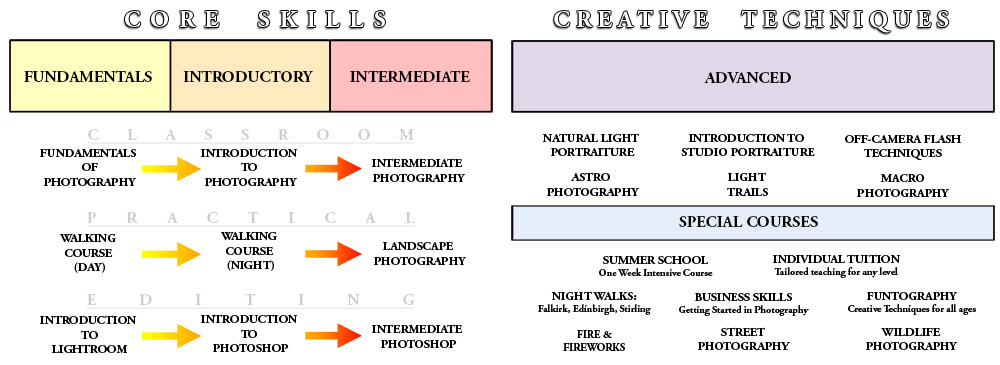A friend of mine linked me to the above article today, partially out of a desire to wind me up as my views on Lomography are well known to those who know me. I thought I’d post something to the blog though because I think it’s a point worth making. This has been tagged as an opinion piece, so what follows will be a stream of consciousness ramble of my thoughts on the subject.
To those unsure of what Lomography is I will summarise:
Lomography started in the 90s when a group of students on holiday found some old Lomo LC-A cameras. The combination of simple cameras, basic lenses and expired film created photos with a very distinctive look. Inspired by this the students started a creative community, then a business, based around shooting with these cameras, expired film and cross processing. A set of rules was created to define their creative philosophy. To quote directly from the Lomography.com website:
These rules define Lomography’s philosophy and approach towards photography. Recite them, or break all the rules – whichever way, be ready to throw all your inhibitions about photography to the wind!
1- Take your camera everywhere you go
2- Use it any time – day and night
3-Lomography is not an interference in your life, but part of it
4-Try the shot from the hip
5-Approach the objects of your Lomographic desire as close as possible
6-Don’t think (William Firebrace)
7-Be fast
8-You don’t have to know beforehand what you captured on film
9-Afterwards either
10-Don’t worry about any rules
I can see the point the article is making: more people interested in Lomography means more film being sold: without the popularity of lomo film would be even more of a niche market. I still refute some of the opinions claimed in this. To take one quote as an example: (see article for full wording)
“I can’t help feeling that the emphasis is more on […] the equipment, […] as well as the photographer’s ability to manipulate an image, […] than the act of taking photographs that evoke a sense of feeling,”
That has a degree of truth to it: there are some who think you can’t take a decent picture without at least a £3000 camera and a £2000 lens. That said it’s a bit of a reductionist view to assume that is true of all, or even the majority of technical photography. The skill in photography (in my opinion) comes from using the technical skill to capture the moment in an evocative way: something Lomo doesn’t do as the camera controls the distinctive creative output Lomo’s are known for, and rules 4, 6, 8, 9 and 10 of lomogrophy emphasise luck rather than deliberate thought or effort.
Ultimately I am grateful to Lomography for their efforts to preserve film photography, and I like the idea of lomos and other film cameras as a bit of fun. However with companies like Ilford continuing to produce and promote film, and with dedicated artists and hobbyists still working in the medium I think it’s a bit much to say lomo saved the industry, and their attempts to create an evolution in the artform come off a lot more as marketing fluff than actually substantive.




